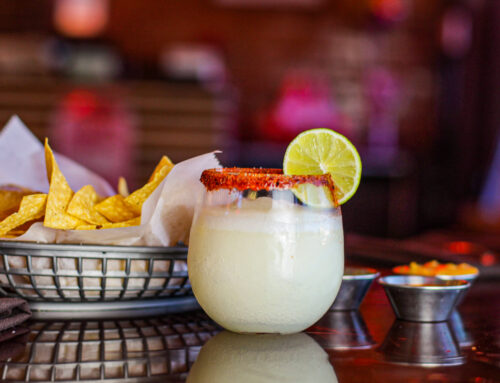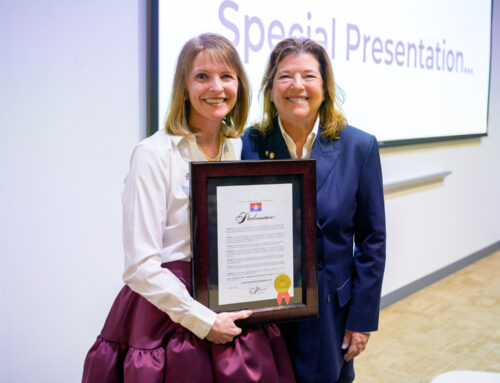He trudges through our neighborhood lugging a huge sled-like contraption and carrying a log on his shoulders. If you’ve seen PHIL TAYLOR in this unusual routine, you’ve probably stopped to stare and wonder. It turns out that it’s part of a strict training regimen for a little-known sport similar to competitive kickboxing.
EXPLAIN YOUR SPORT TO US.
I do mixed martial arts. It’s martial arts, kickboxing and wrestling all rolled into one. It’s like what they do in the UFC (Ultimate Fighting Championship), but that is an organization, and I don’t fight for a certain organization. I think what makes me unique is the style of training I do. The average athlete is not going to train the way I train.
HOW DO YOU TRAIN?
My training — it’s extreme. What people see in the neighborhood is me pulling my sled loaded up with 50- to 100-pound round plates — the Olympic weights with the smaller holes in the center. A lot of people see me with that log, but it was only about 97 pounds, so I switched to a bar that’s about 225 pounds. So I’m holding the bar here (points to his shoulders) and pulling the sled with about 1,500 pounds. When I pull the sled, I’ll start at, say, noon, and I’m not finished until 6 o’clock in the evening. People generally see me pulling my sled on the weekends.
AND WHY THE BIG COAT?
It keeps me heated. When I’m in the ring it’s really hot, so I dress this way all the time. You’ll see me at the grocery store like this (in sweats and a heavy coat) even in July. I wear this during my training, which is 10 to 12 hours a day. Basically, I get up every morning between 2:30 and 2:45 and train ’til about 6 a.m., and then I do other sessions during the day for about two or three hours at a time.
WHAT MADE YOU WANT TO GET INTO THIS SPORT?
Being from Detroit, you know, everybody fights and trains to fight. I knew the only way I was going to be good was to train hard and take care of myself. I don’t take any supplements, no anabolic steroids. I eat one and a half meals a day, no sweets, no pop. I don’t eat any red meat or pork or chicken, just lots of fruits and vegetables. I don’t smoke or drink.
YOU MENTION DETROIT AND HOW “EVERYBODY” FIGHTS — WHY?
Boxing is really big in Detroit. Everybody there pretty much grew up boxing, and a lot of boxers that you hear of have either grown up in Detroit or trained there, or at least went there to see all the great fighters that trained at Kronk Gym. A lot of great fighters came out of there like Joe Louis, and Floyd Mayweather Jr.
Where and how often do you fight? Do you have any titles?
I train in Dallas, and I train at a lot of different dojos (martial arts practice gyms) in Denton and Lewisville, but pretty much all of the fighting tournaments are done outside of Dallas, mostly in Oklahoma, New Mexico, Ohio and the East Coast. How often I fight depends on me. I choose when I fight in tournaments, but I do a lot of sparring (practice fighting). I don’t care for trophies and awards. I’m more into the training.
WHAT WOULD YOU SAY TO YOUNG BOYS WHO WANT TO FIGHT LIKE YOU?
One thing I don’t do is advocate fighting. It makes no difference whether it’s regulated or not. Fighting is a very difficult sport, and I don’t recommend it. It’s the training that I enjoy. It just so happens that I chose this profession, and I apply my training to it. You have to be able to separate yourself from the ring. What you see on television is different from real life. But the training can be used for everything in life. It will help you whether it’s at your job from 9 to 5, or in another sport like basketball or football, because it makes your body strong. I would tell them to do the training, not the actual fighting.





